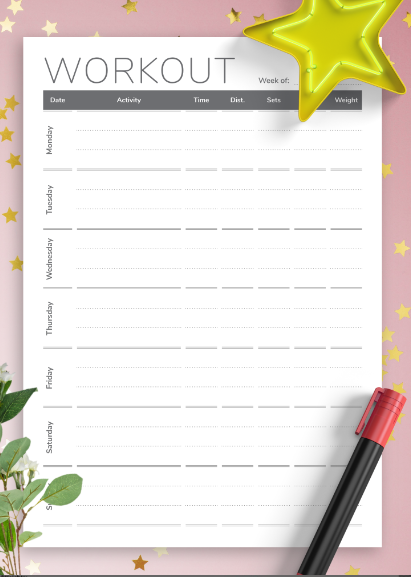What is Inflammation?
I hear you when you say inflammation is a buzzword that can seem surrounded by a cloud of confusion. What exactly is it, and why does it matter for your well-being? I think a clear explanation is in order.
At its core, inflammation is your body’s natural defense mechanism against injury and infection. It’s like your body’s police force, responding to trouble and trying to restore order. The redness and swelling you see after spraining an ankle? That’s acute inflammation at work—it’s short-term, and it’s essential for healing.
However, not all inflammation is quite so straightforward. There’s another type—the sneaky, persistent kind that doesn’t bow out, termed chronic inflammation. This kind lurks in the body for long periods, and instead of protecting you, it starts to undermine your health, contributing to a host of diseases ranging from arthritis to heart disease, and possibly even mental health issues.
Given the serious impact chronic inflammation can have, it’s crucial to recognize factors that contribute to it. One MAJOR factor? The foods you eat. Transitioning your focus from what inflammation is to what fuels it, the next section sheds light on how certain foods can unintentionally fan the flames of chronic inflammation.
The Inflammatory Effects of Processed Foods
You’re probably aware that what you eat directly influences your health, and when it comes to inflammation, processed foods play a particularly troubling role. These items, which dominate supermarket aisles, are often packed with ingredients that can trigger an inflammatory response in the body.
Processed foods are typically loaded with artificial additives, such as preservatives, colorings, and flavorings, which can lead to inflammation. Moreover, they frequently contain unhealthy fats like trans fats, which have been linked to an increased risk of inflammation-related diseases.
Refined grains, another staple in processed foods, have had most of their fiber and nutrients stripped away. This lack of fiber can lead to a quick spike in blood sugar and insulin, which can stoke the fires of inflammation over time.
Sodium is another common culprit lurking in processed fare. While salt is needed in moderation, excessive intake through processed foods can lead to water retention and high blood pressure, both of which are associated with chronic inflammation.
It’s essential to recognize and reduce these inflammation-causing items in your diet. Start by reading labels: look for trans fats, high sodium levels, sugars, and a long list of additives. These are red flags that the food might contribute to inflammation.
In contrast, whole foods typically have shorter ingredient lists and are minimally processed. By swapping out a bag of chips for a serving of nuts, or choosing fresh fruits over canned ones, you can take a simple yet effective step towards reducing inflammation.
The choices you make at the grocery store have profound effects on your inflammatory status. It’s wise to be selective and opt for foods in their natural state as much as possible. Real change begins with informed decisions, so keep an eye out for inflammatory ingredients and choose your foods with care.
Sugars and Refined Carbs
If I were to pinpoint culprits in the diet that contribute to inflammation, I’d have to highlight sugars and refined carbs. Think of them as the kindling that turns a small inflammatory spark into a full-blown fire within the body.
Sugar, especially the high-fructose corn syrup found in many soft drinks and junk foods, can lead to insulin resistance. This condition doesn’t just raise your risk for type 2 diabetes; it’s also associated with an increase in inflammatory markers like C-reactive protein.
Refined carbohydrates, such as white bread and pasta, can have a similar effect. They break down quickly into sugar, spiking blood sugar levels and sending the body’s inflammatory responses into overdrive.
How do you spot these culprits? Well, they’re often hiding in plain sight. To keep sugars and refined carbs at bay, start by scrutinizing food labels, avoiding products with added sugars, and opting for whole grains over their more refined counterparts.
Transitioning to the next point, it’s not just sweets and bread that warrant attention. Animal products also play a part in this inflammatory tale. By understanding the types of animal products that are more likely to cause inflammation and making smarter choices, you can help ensure your diet is supporting your health, not hindering it.
Animal Products and Inflammation
You may wonder how the steak or eggs on your plate affect your body’s inflammatory processes. It’s not a straightforward answer. Different types of animal products can have various effects on inflammation. For example, red meats, especially processed ones, are often associated with higher levels of inflammation due to their saturated fat content.
Inflammation isn’t just a black-and-white issue when it comes to animal products; fatty acids play a major role. The balance of omega-6 to omega-3 fatty acids in your diet is key. Omega-6s, found in high concentrations in certain vegetable oils and grain-fed animal fats, can promote inflammation when they significantly outnumber omega-3s, which have anti-inflammatory properties.
So, how can you make informed choices about animal products? Aim for grass-fed and organic options when possible, as these are likely to have a more favorable omega-3 to omega-6 ratio. Including fish in your diet, particularly fatty fish like salmon, can be beneficial due to their high omega-3 content.
It’s essential to consider portion size and frequency as well. It’s not necessary to cut all animal products from your diet unless advised by a healthcare professional for a specific health condition. Moderation is key, and balancing animal products with plenty of plant-based foods can help keep inflammation in check.
Transitioning to the next section, the food choices you make daily can either contribute to or help combat inflammation. An anti-inflammatory diet isn’t just about avoiding certain foods; it’s as much about what you do eat. I’ll share some foods known to fight inflammation in the next section, shedding light on how to build meals that support your health and reduce the risk of chronic inflammation.
Foods that cause Inflammatory Problems.
- White bread
- Cereal
- Pasta
- Rice
- Packaged snacks, like chips and cookies
- Margarine
- Nondairy creamers
- Microwaveable meals
- Flavored yogurts
- Refrigerated dough and biscuits
- Hamburgers
- Bacon
- Sausage
- Hot dogs
- Deli or lunch meat
- Canned soup
- Alcohol
This is a short list, but one that many of us eat daily.
Foods that Combat Inflammation
By understanding the foods that cause inflammation, I can equip myself with the knowledge to make better dietary choices. A handy strategy is to focus on incorporating anti-inflammatory foods into my daily meals.
Foods known to fight inflammation include colorful fruits and vegetables, such as berries, oranges, and leafy greens, packed with antioxidants. Fatty fish like salmon and mackerel, rich in omega-3 fatty acids, are also excellent choices.
Whole grains, nuts, and seeds are pivotal in an anti-inflammatory diet, for they offer fiber and essential nutrients while helping to maintain stable blood sugar levels. Also, spices like turmeric and ginger not only add flavor but are celebrated for their anti-inflammatory properties.
Top Anti- Inflammatory Foods.
- strawberries
- blueberries
- raspberries
- blackberries
- salmon
- sardines
- herring
- mackerel
- anchovies
- broccoli
- avocados
- green tea
- peppers
- mushrooms
- grapes
- turmeric
- extra virgin olive oil
- dark chocolate and cocoa
- tomatoes
- cherries
Again, this is a short list of anti-inflammatory foods. They are easy to find and easy to cook.

Read recipes for weight loss at “Easy and Healthy Recipes“
Conclusion
Remember, moderation and variety are crucial. No single food can fight inflammation alone; it’s the overall diet and lifestyle (I.E. Exercise) that count. Regular exercise, staying hydrated, and getting enough sleep helps you against inflammation.
ARM YOURSELF with knowledge and take ACTIONABLE STEPS towards a wholesome, anti-inflammatory diet. The power to ease inflammation could very well lie on your plate.
On a personal note, I have lost 2 inches from my waistline over the last 7 days, just by implementing the above ideas. I still have a long way to go, but with exercising and practicing a healthy diet I am on the way to get my body back in shape.
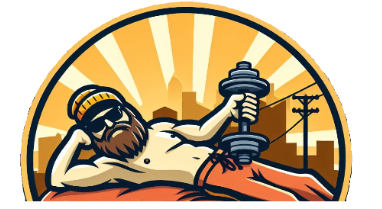 Steve
Steve
Please note.
I am not saying you must stop eating all these foods. I still enjoy a hamburger now and again, but I make my own. It is OK to have a treat once in a while, but don’t make a habit of it…please.
Some of this content was produced with A.I. but most is personal opinion and experience.
Some links on this site may be affiliate links, and if you purchase something through these links, I will make a commission on them.
There will be no extra cost to you and, you could actually save money. Read our full affiliate disclosure here.
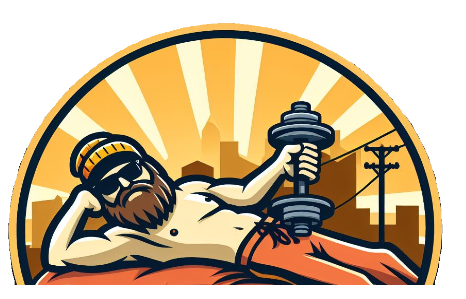



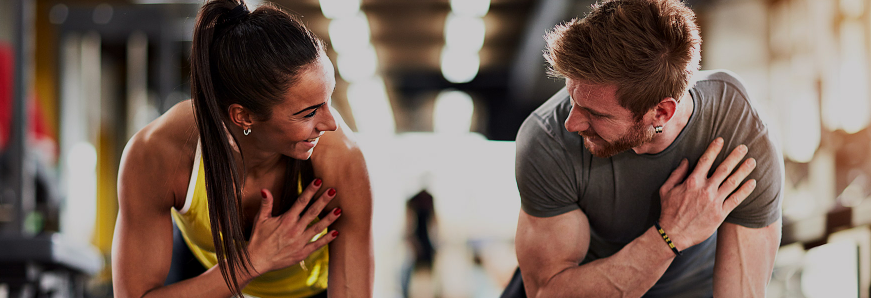
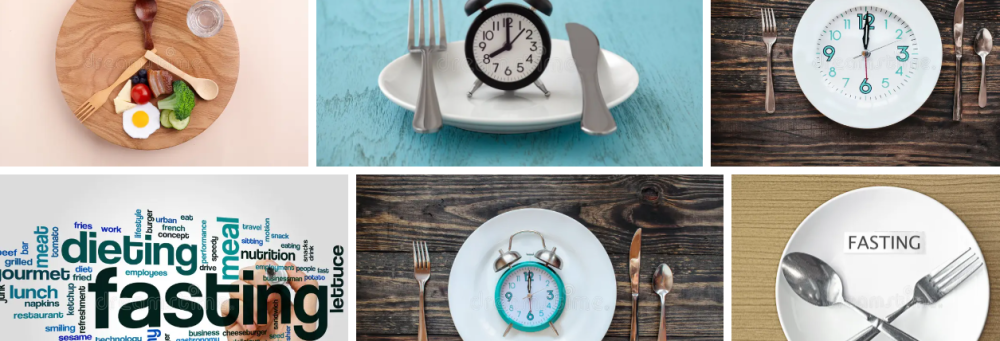

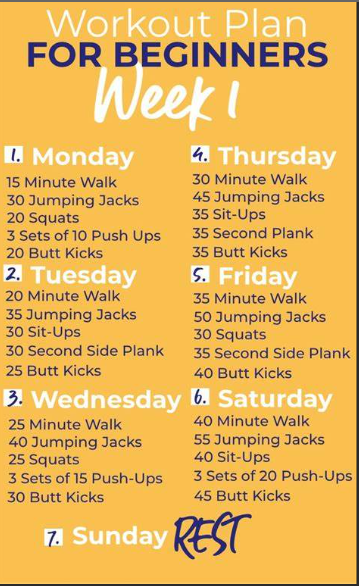 Workout Plan Number2
Workout Plan Number2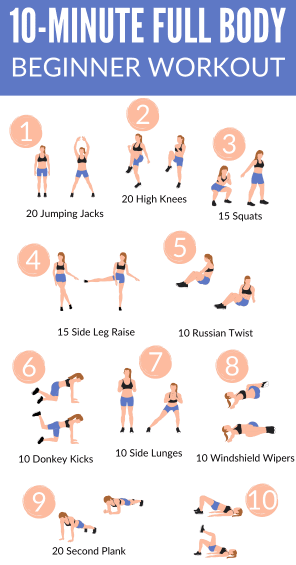 Design Your Own Workout Plan.
Design Your Own Workout Plan.